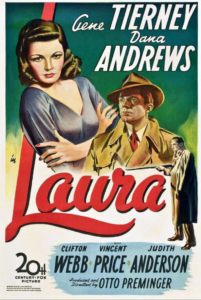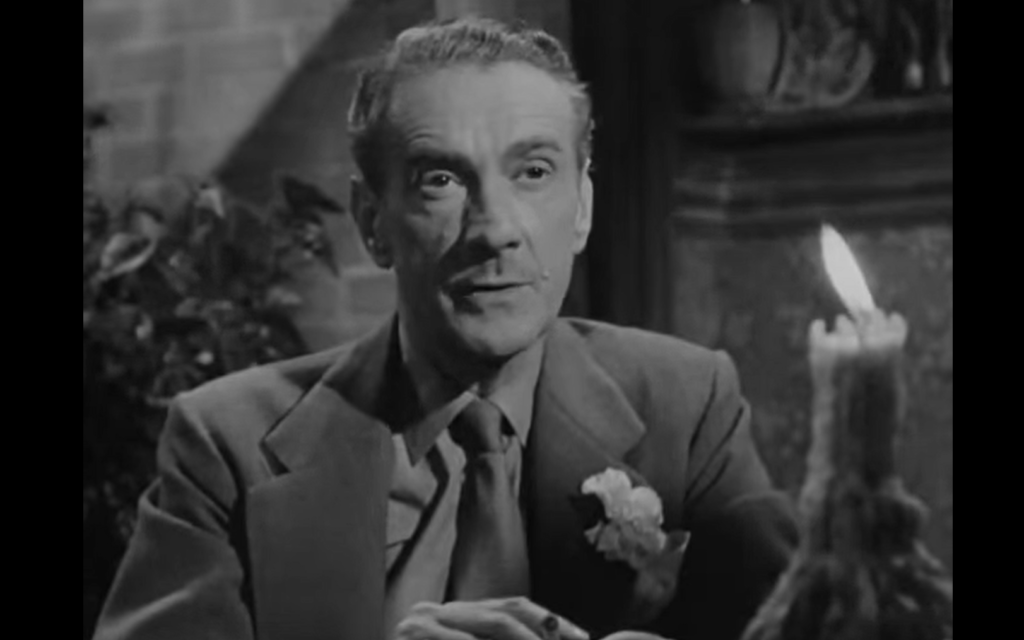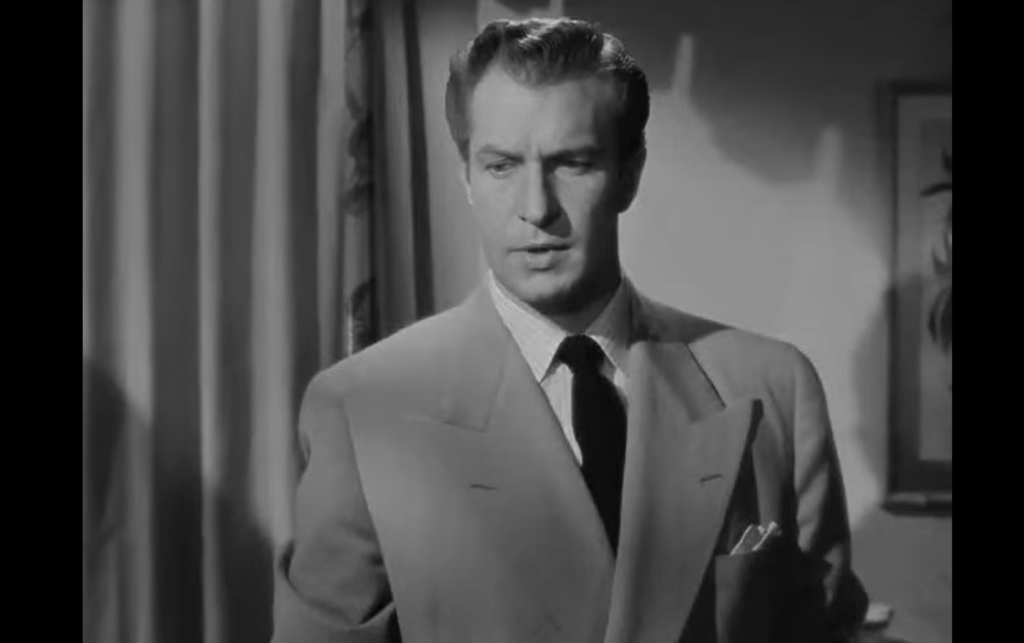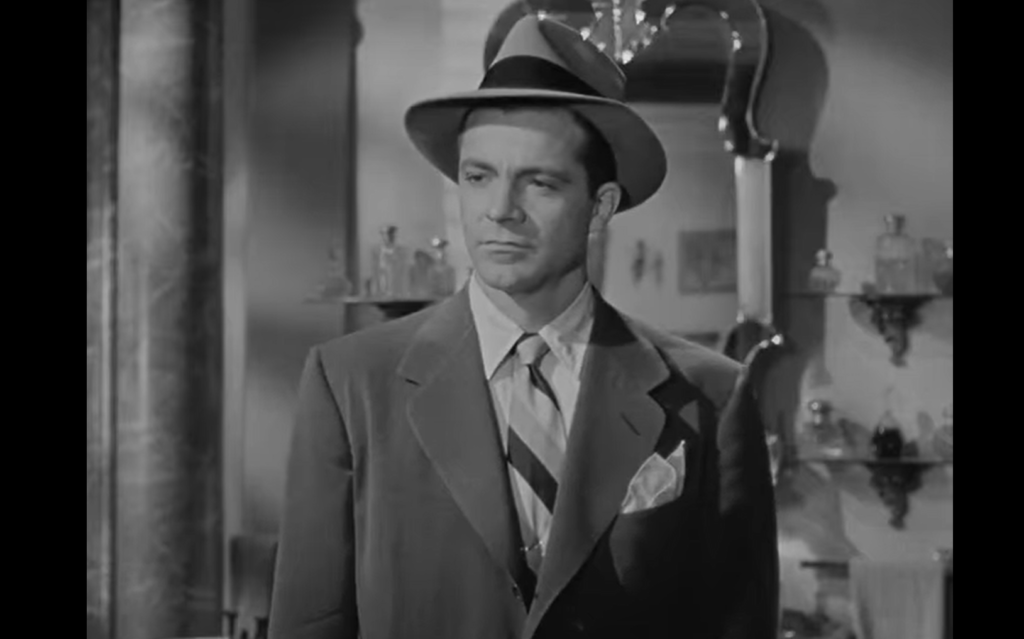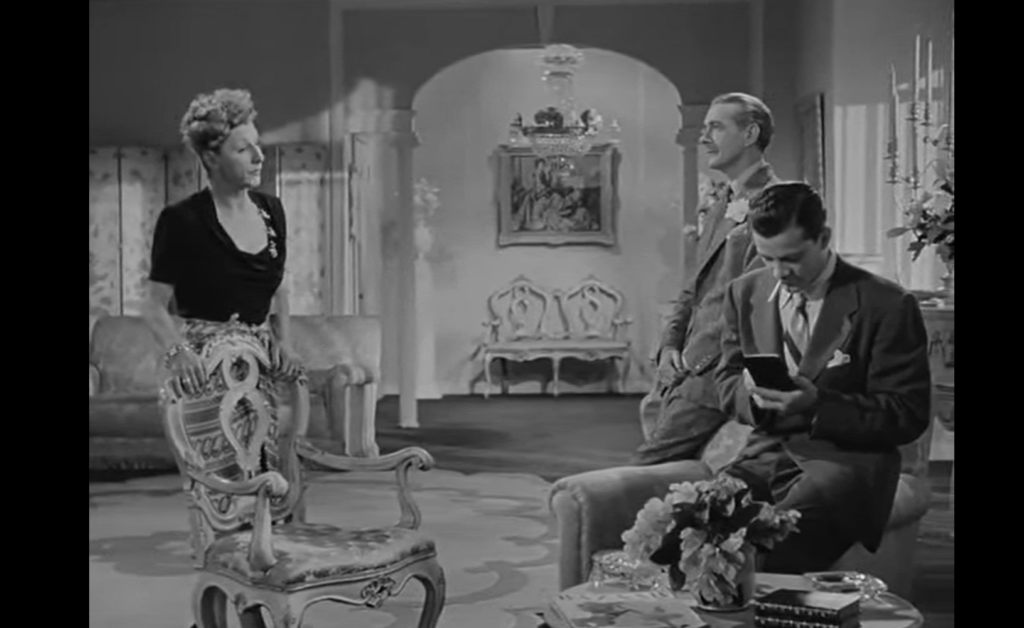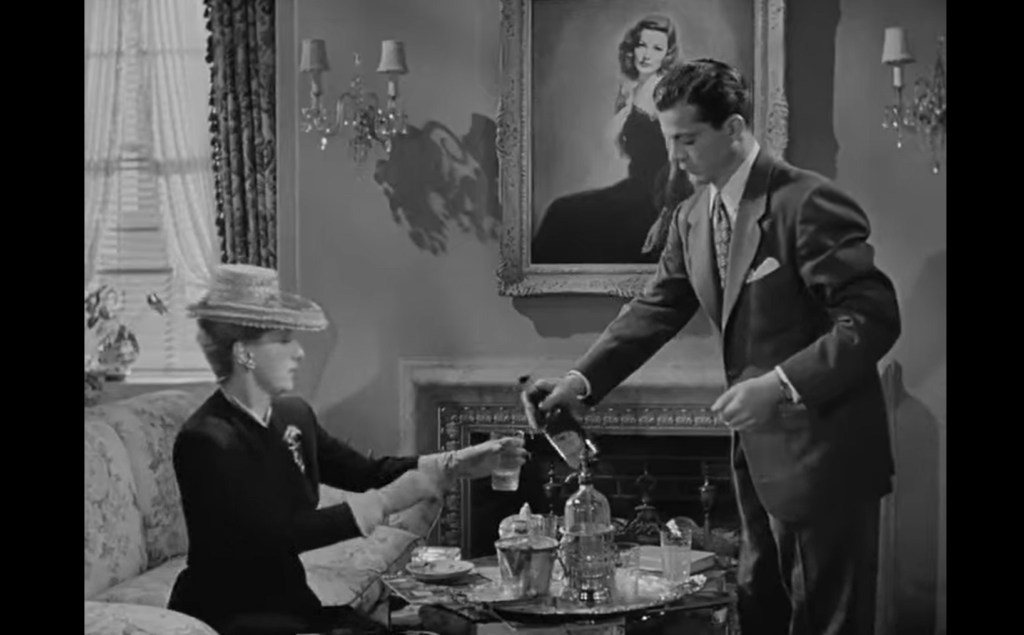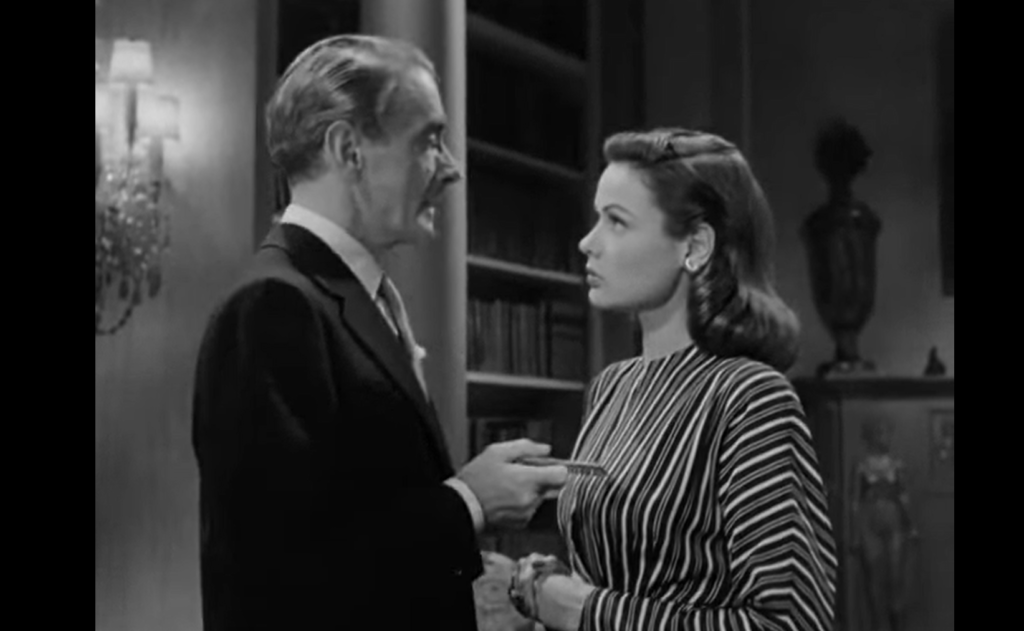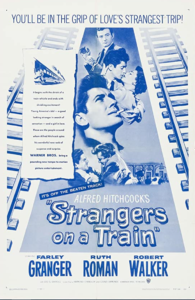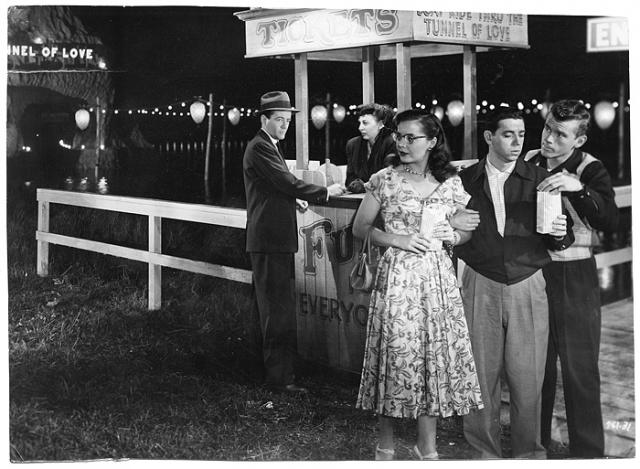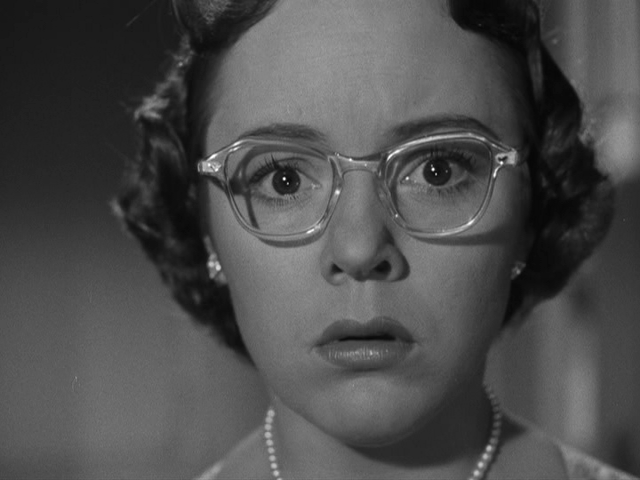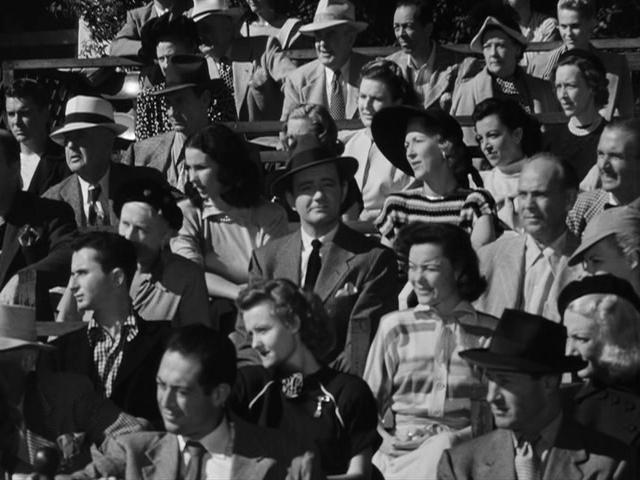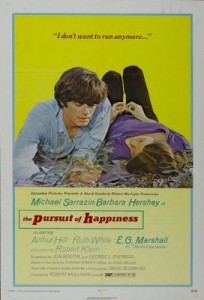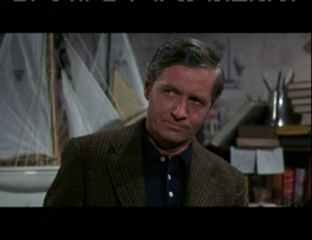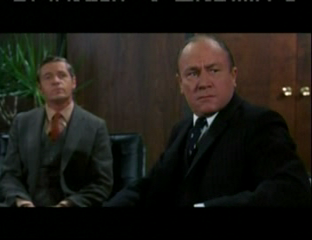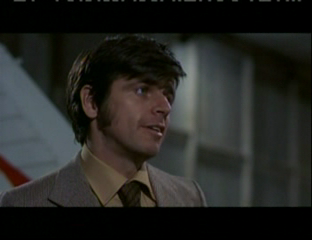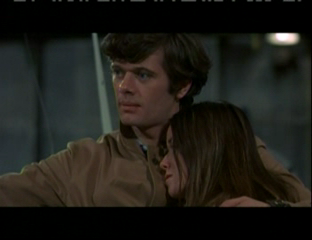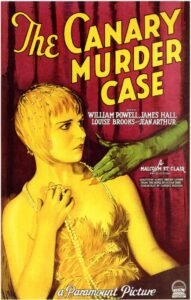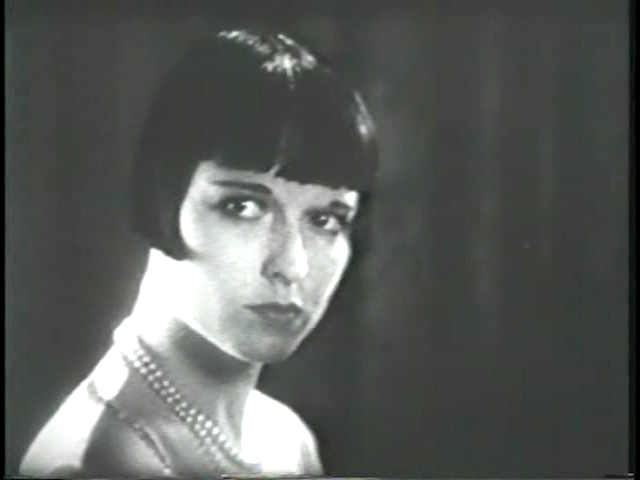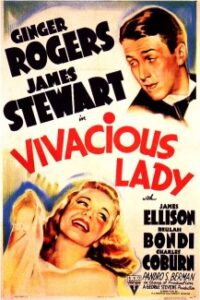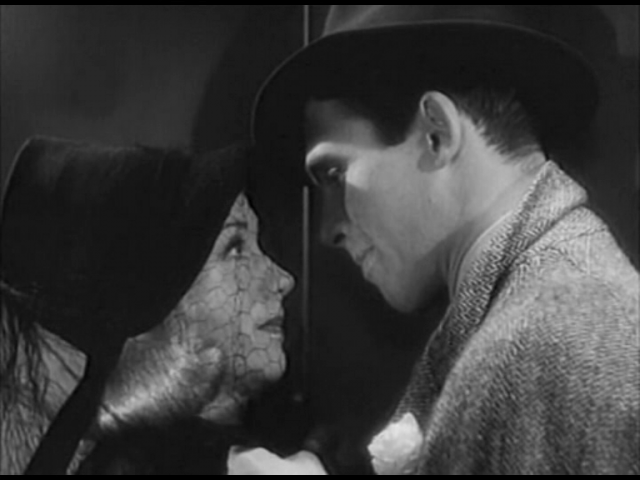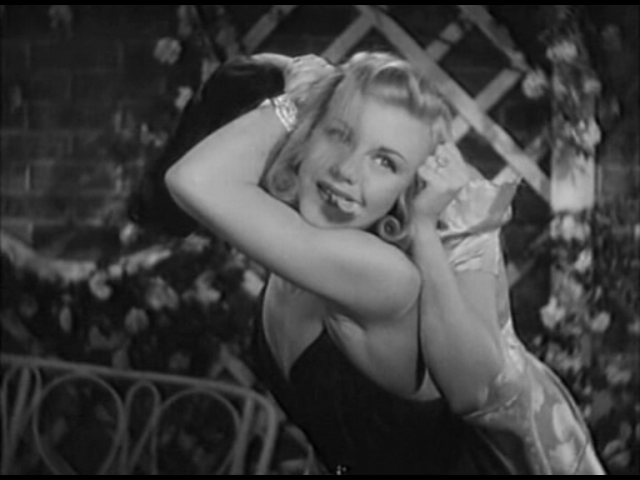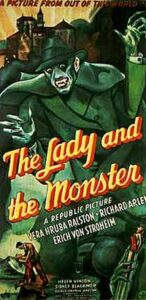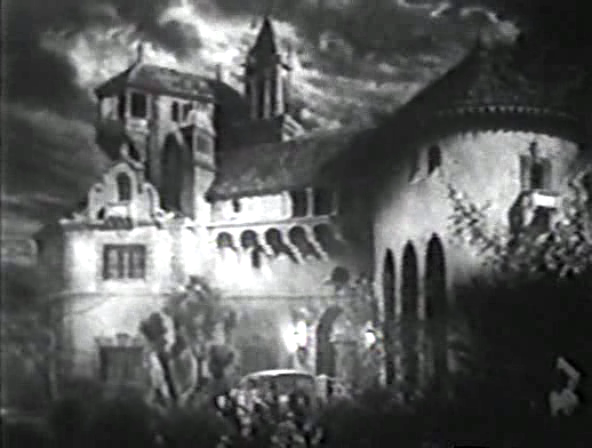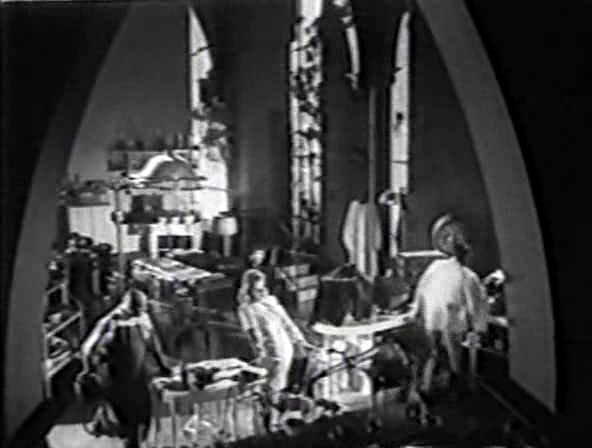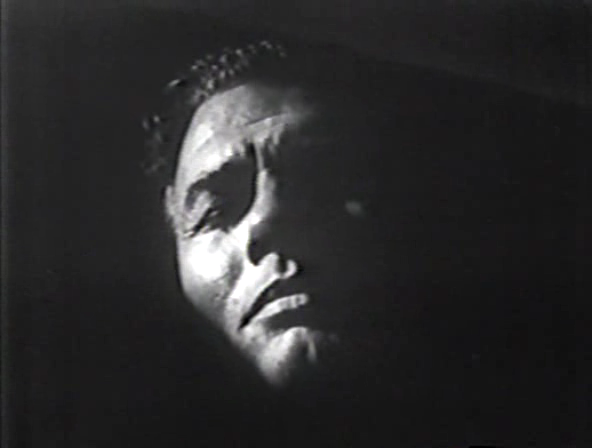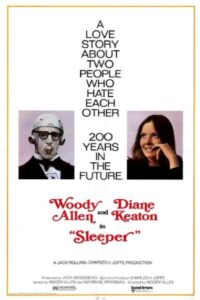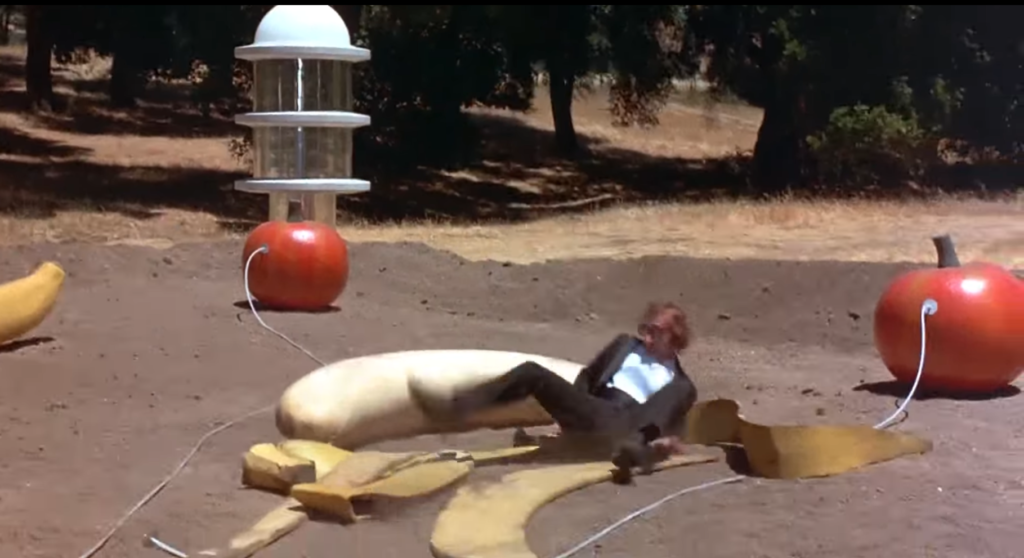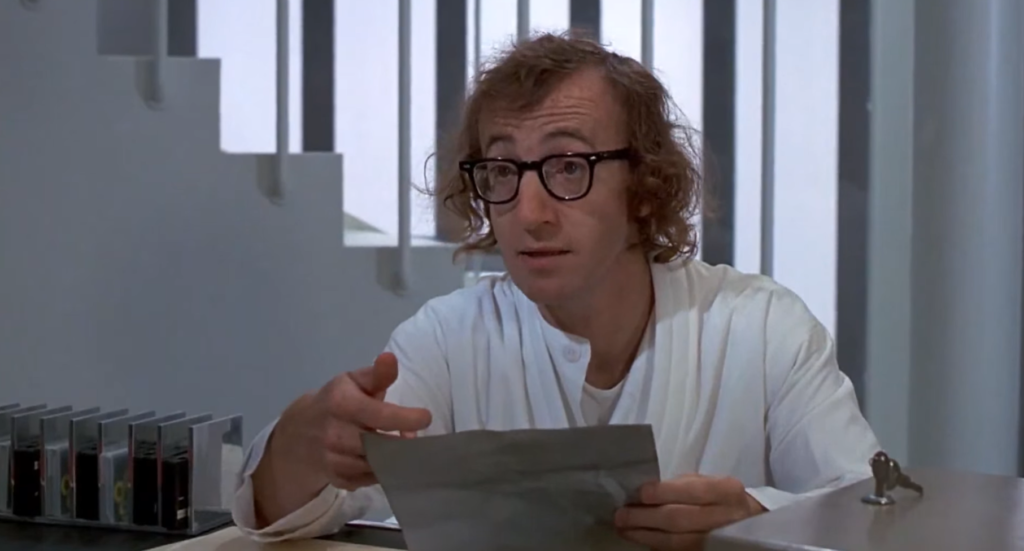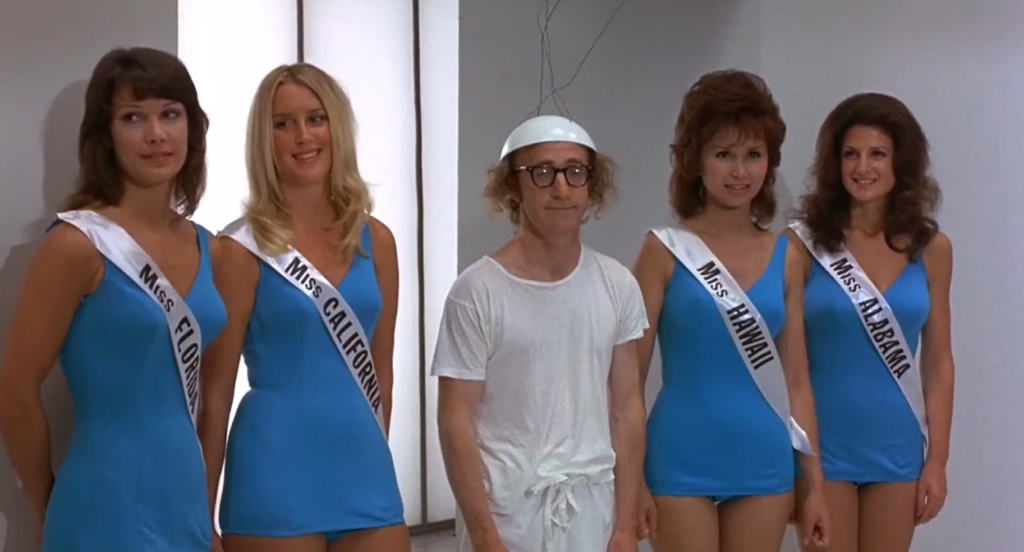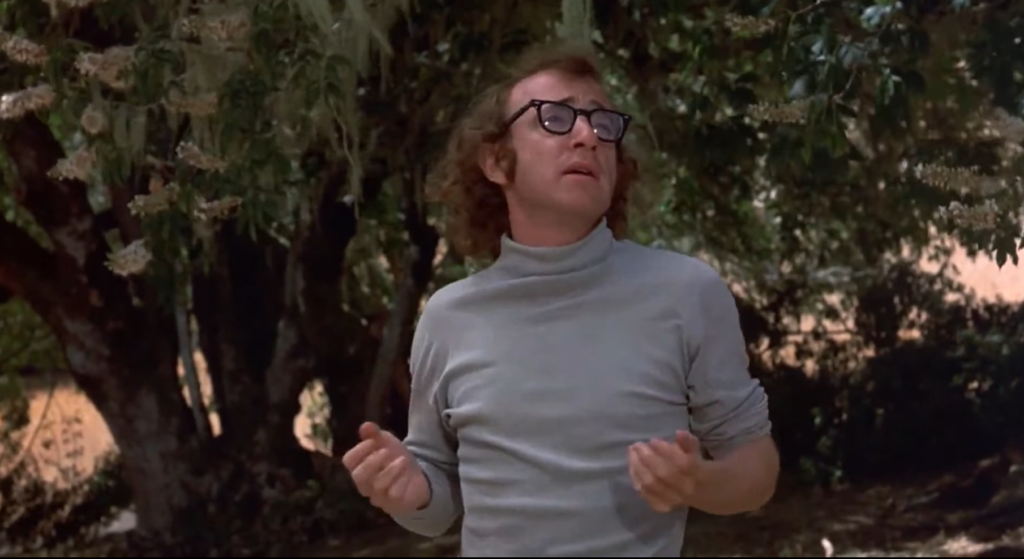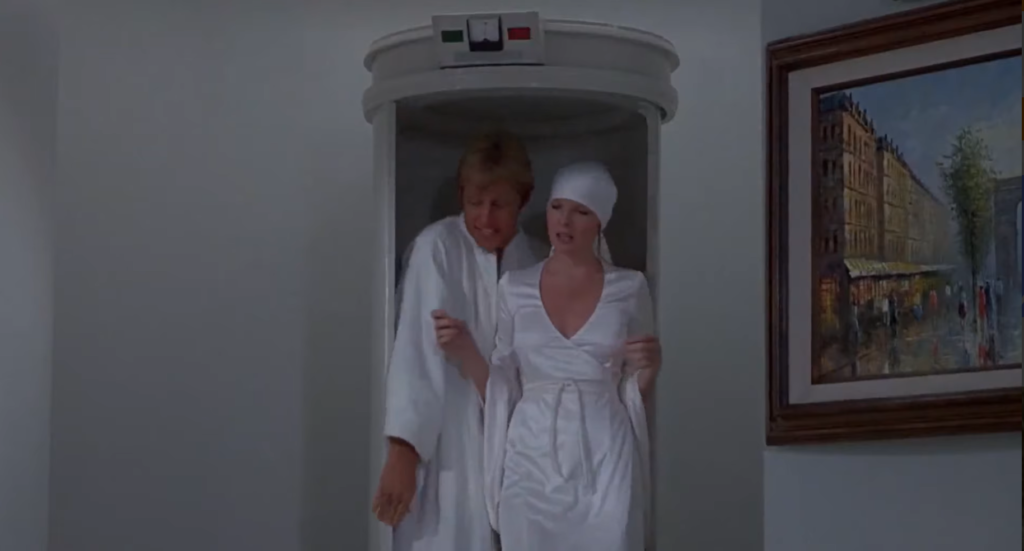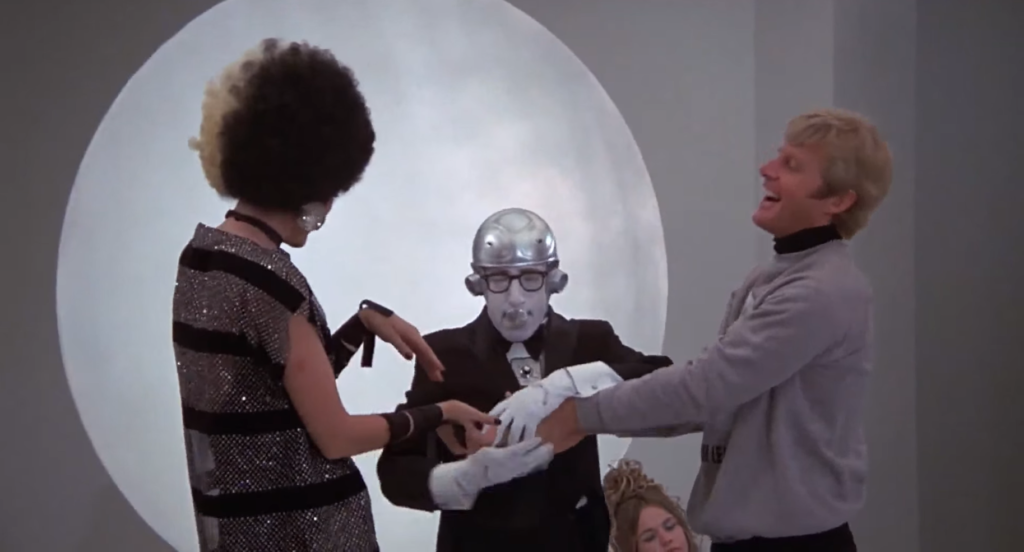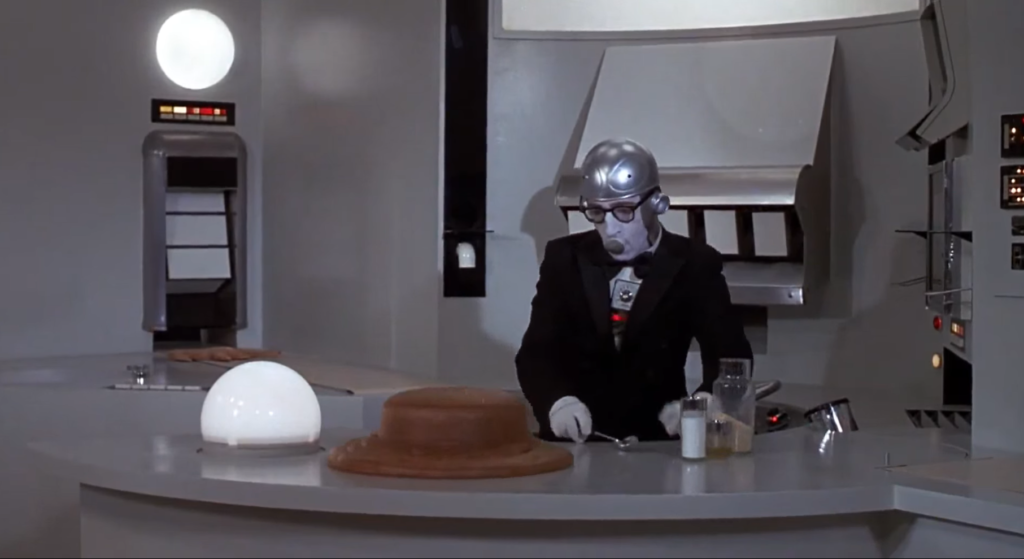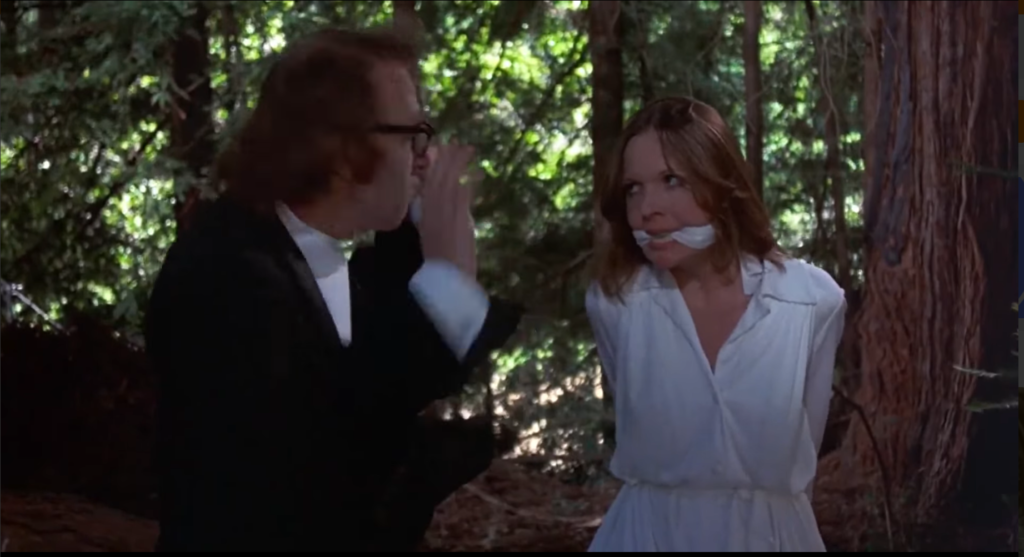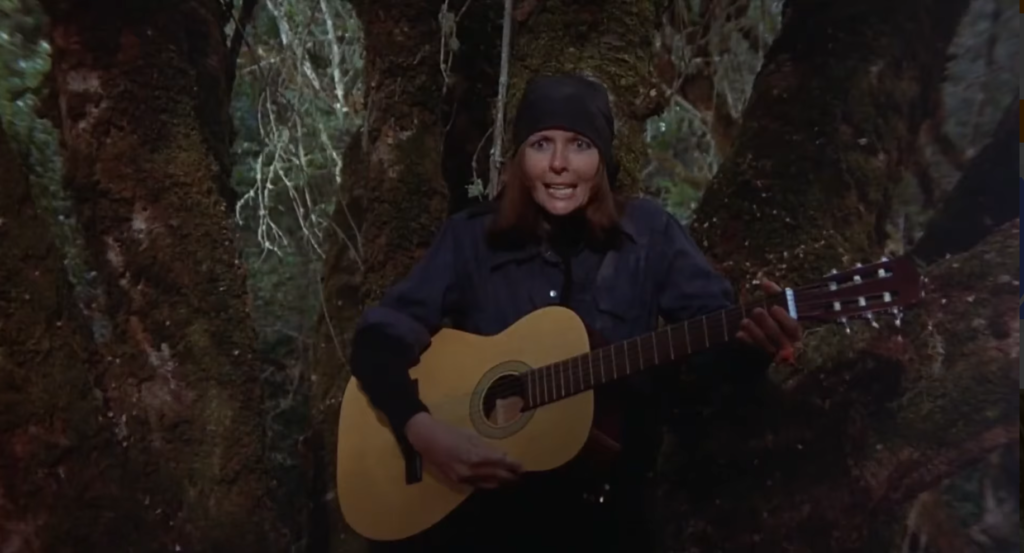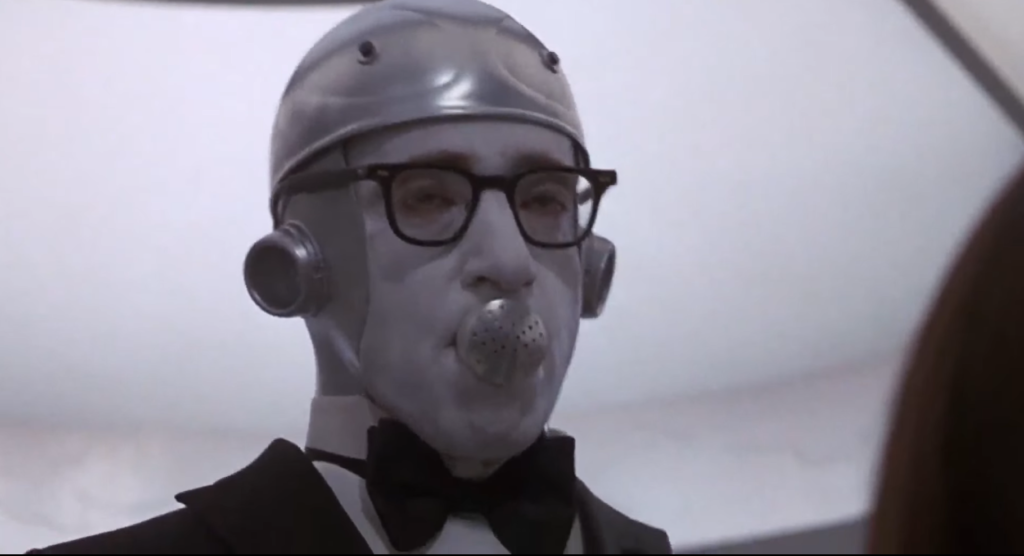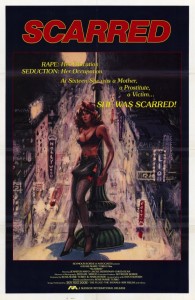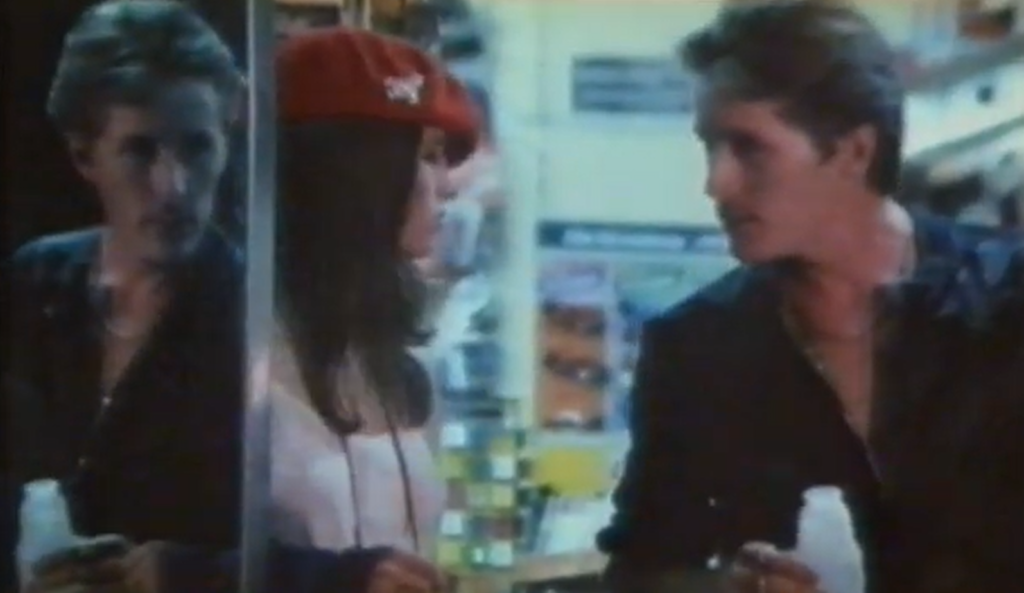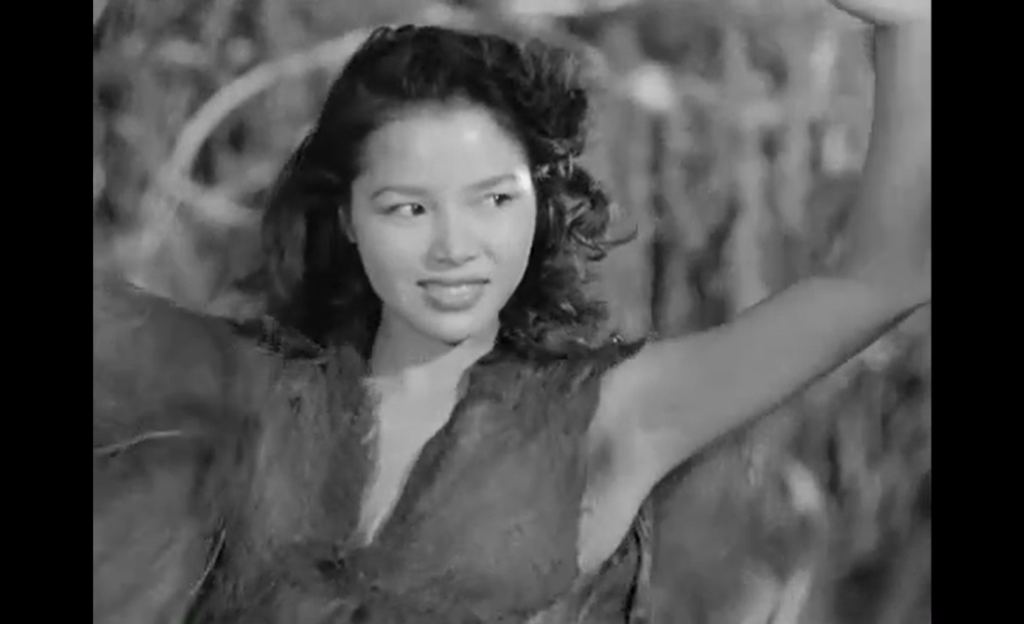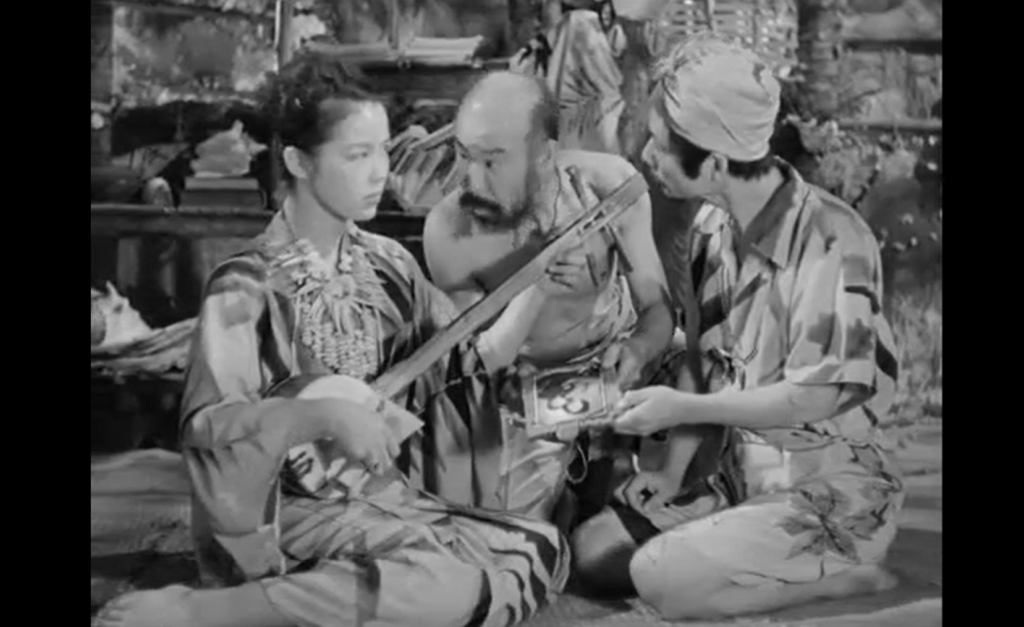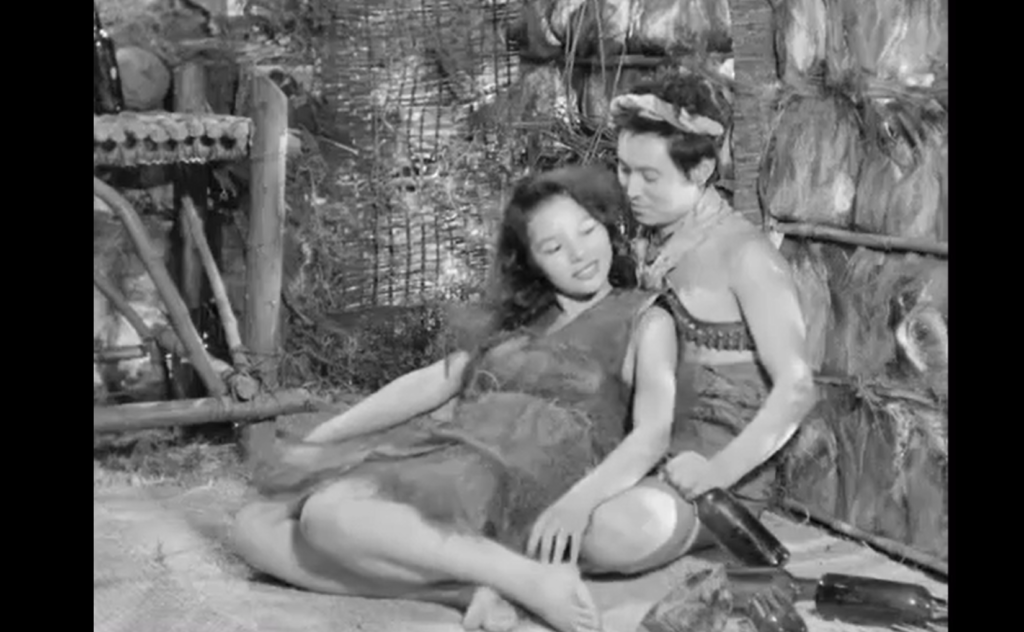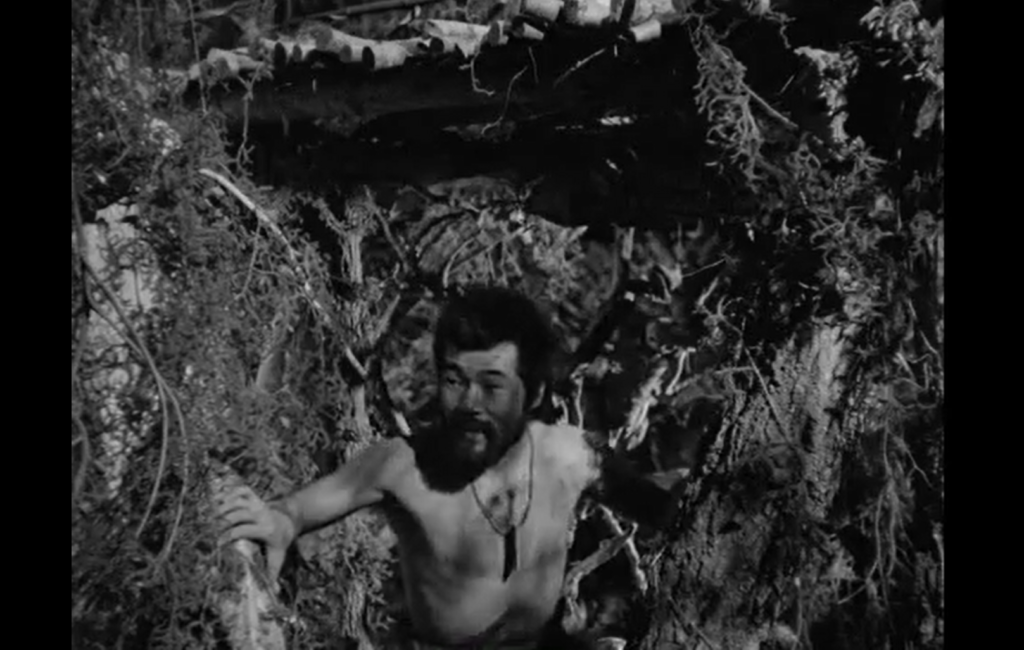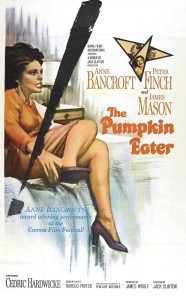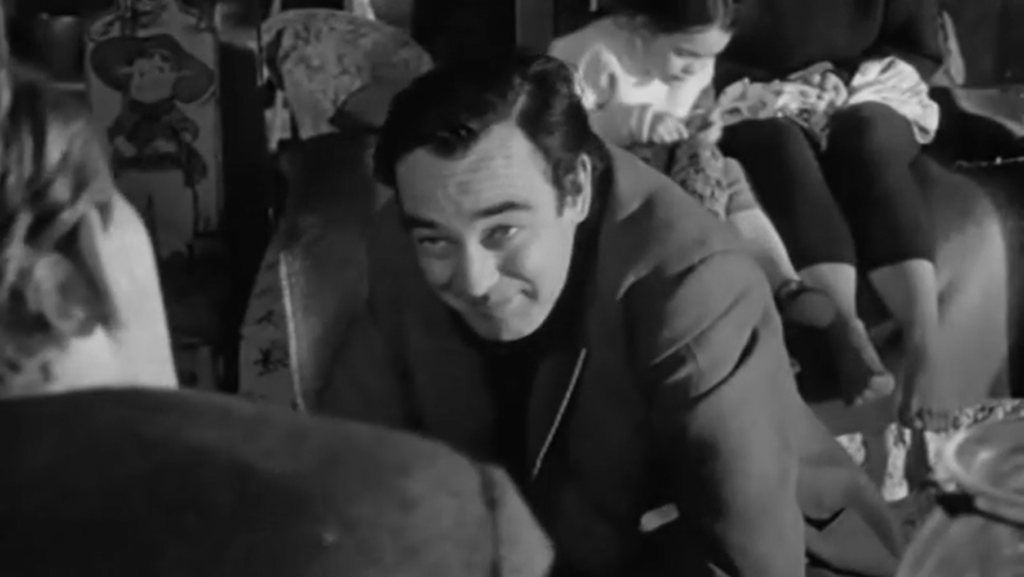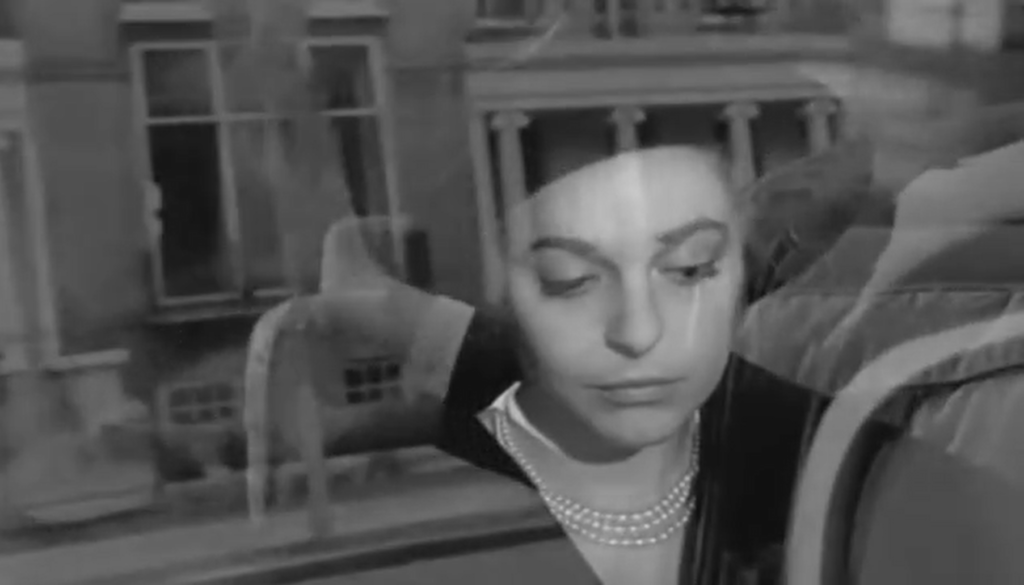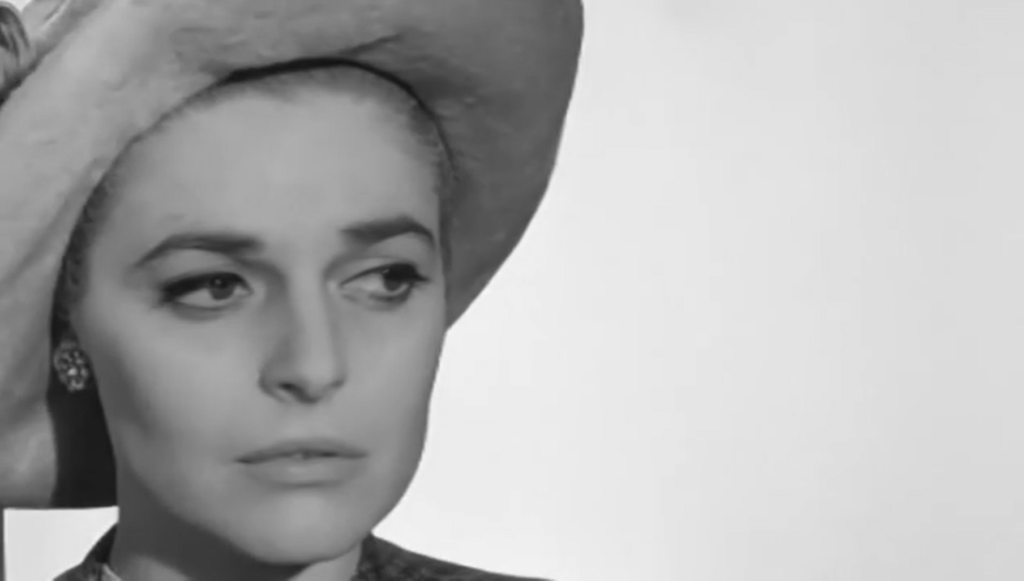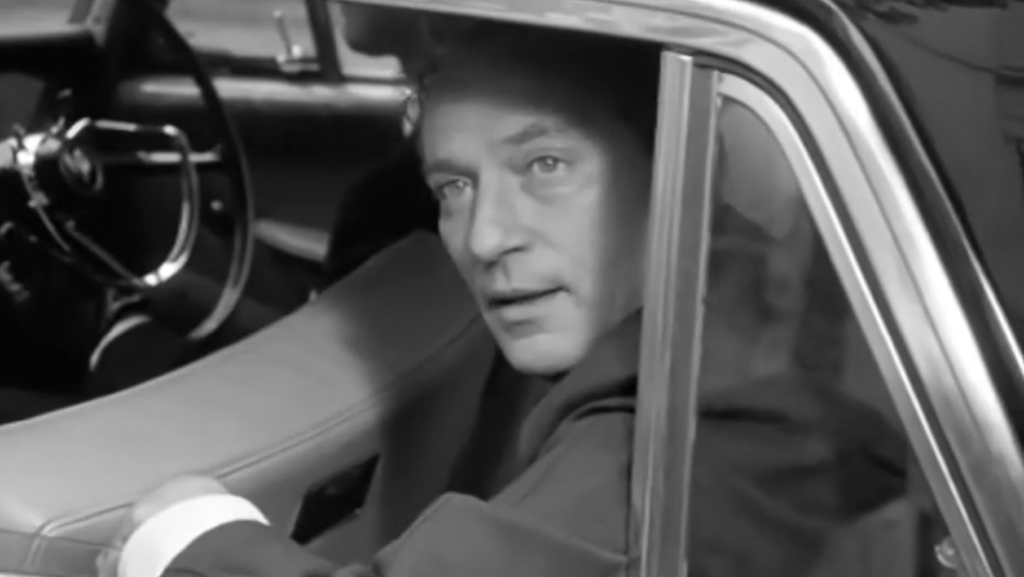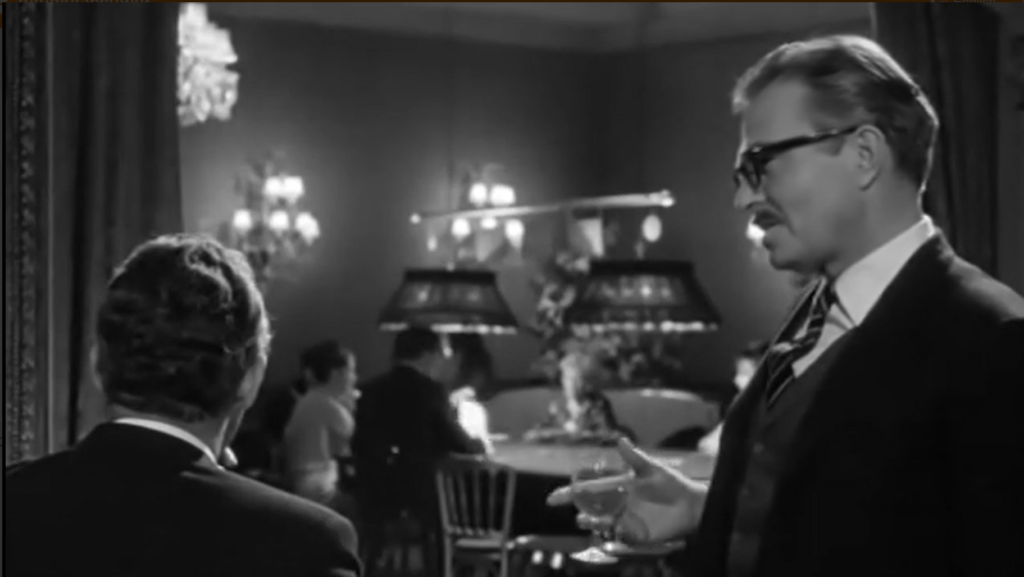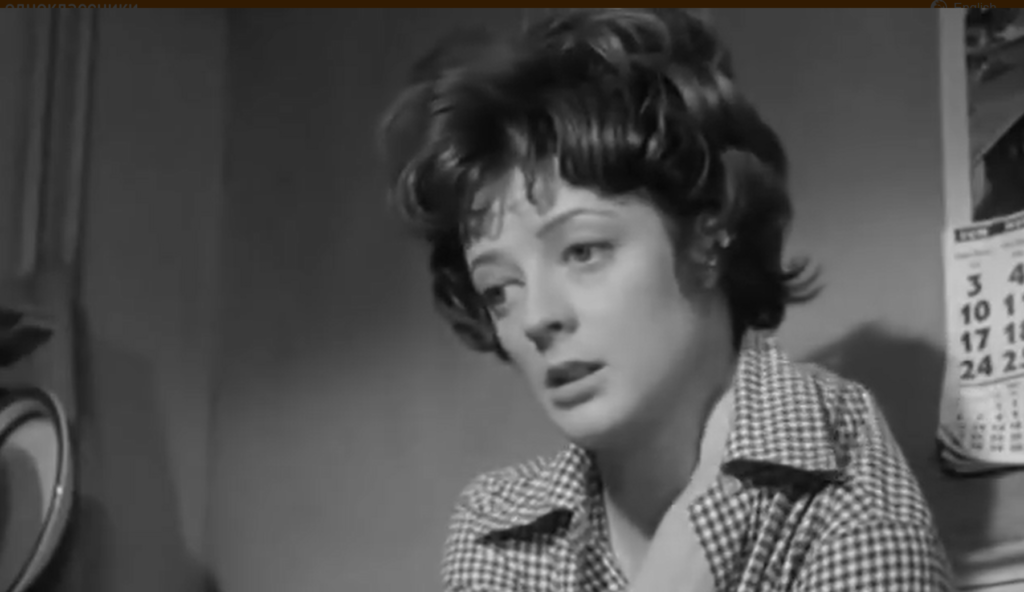Laura (1944)
“I must say: for a charming, intelligent girl, you certainly surrounded yourself with a remarkable collection of dopes.”
|
Synopsis: |
|
Genres, Themes, Actors, and Directors:
Response to Peary’s Review: In his most iconic role, Dana Andrews plays a “tough, crude police detective who is… totally out of his element” in Laura’s upper-crust milieu; meanwhile, Gene Tierney will always be equated with her performance in the film’s title role as an ambitious woman who is ultimately “attracted to men because of brawn rather than brains”. But it’s Laura’s two primary rivals — Clifton Webb and Vincent Price — who easily steal the show. The much-older Webb (as Waldo Lydecker — what a name!) never emerges as a viable sexual partner for 20-something Laura (in the book, he’s impotent; here, he’s merely posited as a companion), but it’s clear she would be nothing without him: he is her Svengali, and he is literally obsessed with making her his personal “project”. Webb delivers many of the film’s most memorable lines with droll aplomb (“I don’t use a pen; I write with a goose quill dipped in venom.”), and never apologizes for his view of the world: “I should be sincerely sorry to see my neighbors’ children devoured by wolves.” Meanwhile, Price — looking “weak and hungry” — is hilariously snivelly and self-absorbed as Laura’s two-timing fiance (“I can afford a blemish on my character, but not on my clothes.”); fans of his later work in campy horror flicks will likely be surprised by his early turn here. Redeeming Qualities and Moments:
Must See? Categories
(Listed in 1001 Movies You Must See Before You Die) Links: |
